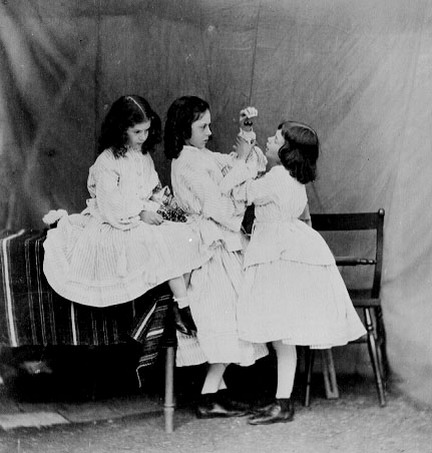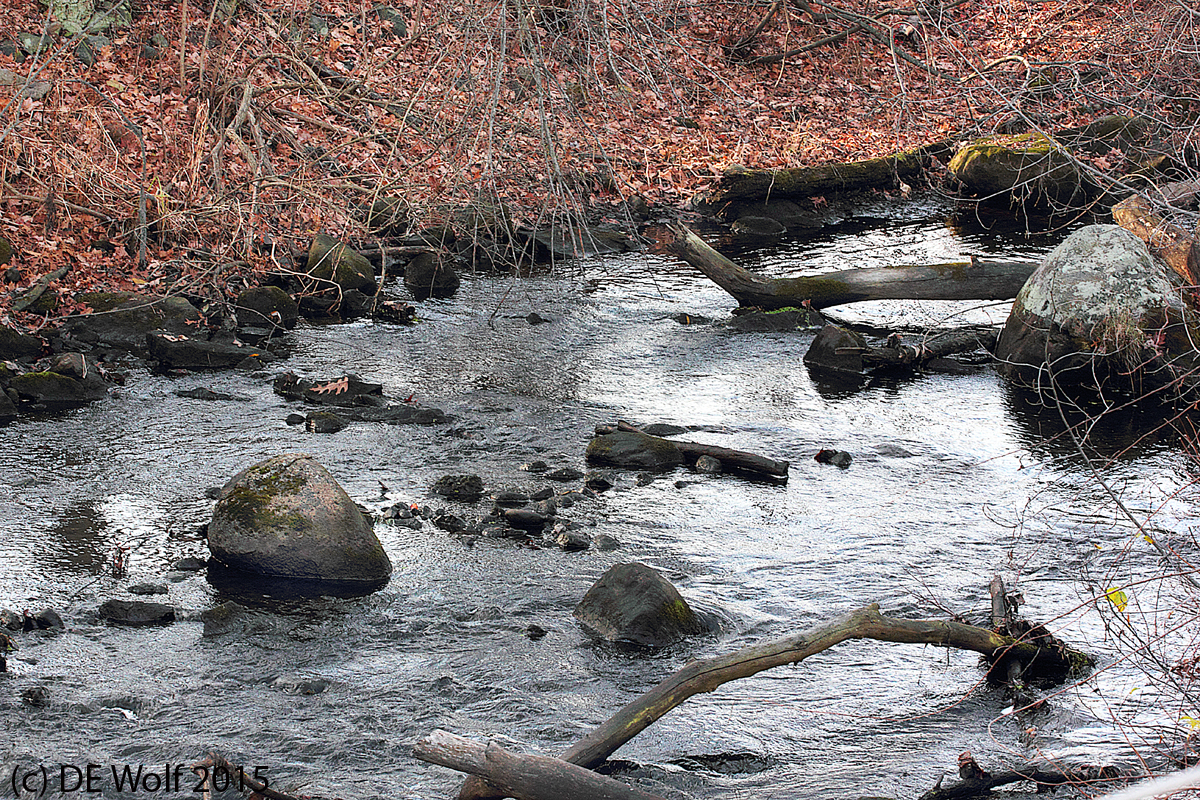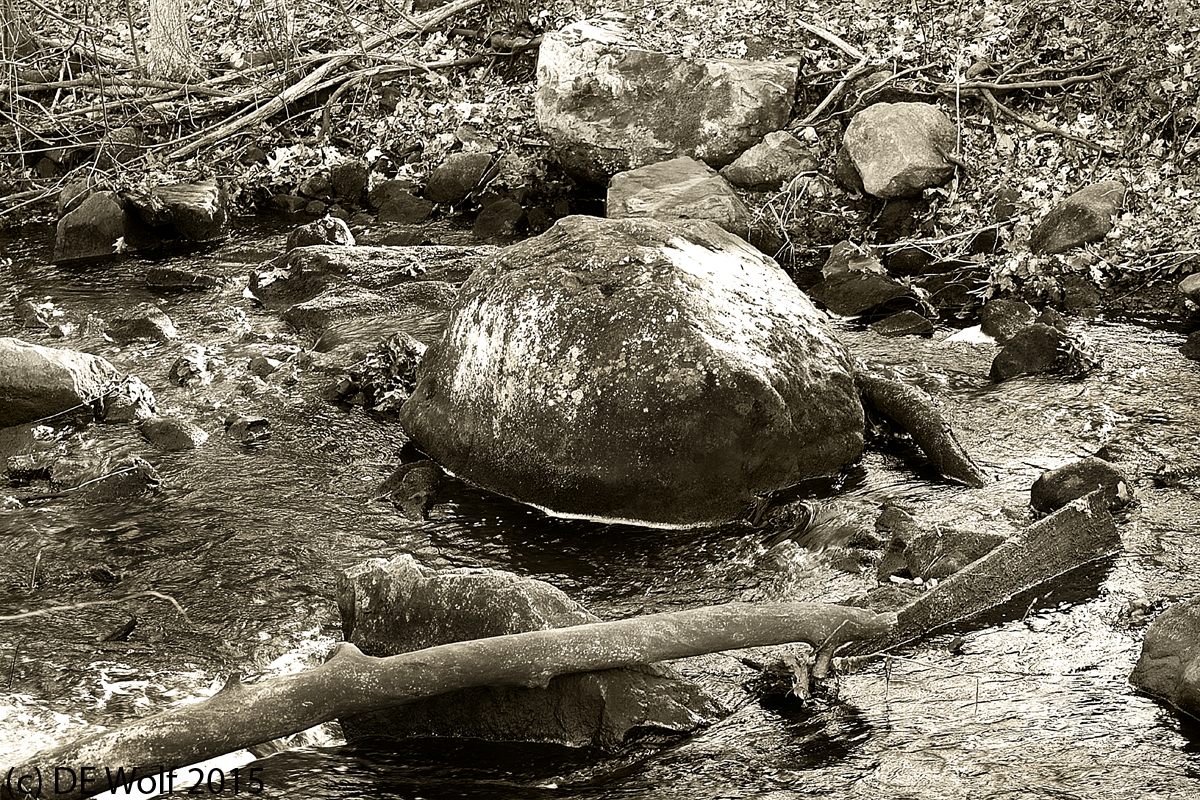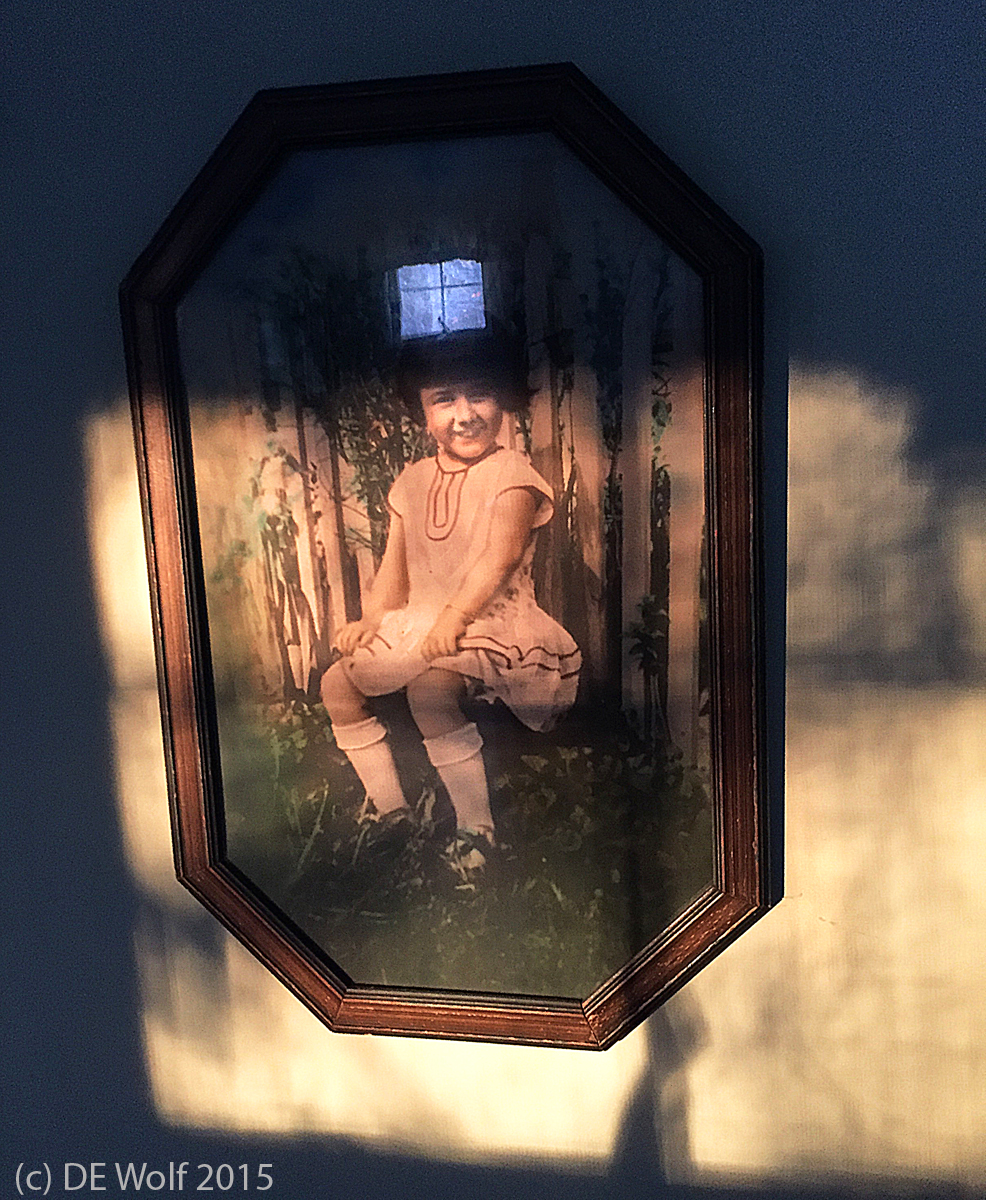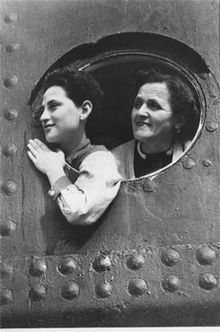“The evolution of the smile” sounds like a chapter of Charles Darwin’s “The Expression of Emotions in Man and Animals.” Rather it was the subject of a piece on NBC’s Today Show yesterday. This highlighted a recent study of high school yearbook photographs over the past hundred years. Shiry Ginosar, doctoral student in the computer sciences department at the University of California Berkeley — and her colleagues, collected hundreds of U.S. high school yearbooks published from 1905 to 2013. The authors collected high school yearbook photos and then eliminated those where the subject was not looking directly at the camera. This left them with approximately 38,000 images, which they divided between male and female and also by decade. Using software they created the “typical” image – a kind of algorithmic Jedermann und Jederfrau. That is to say the typical male and female face.
A number of points are obvious. First, smiles have broadened. Second, woman started smiling first, which leaves us wondering why. Third, there is arguably a subtle but apparent ethnic shift in the population. An obvious point that I have made here before is that with the invention of photography people initially assumed the somber formalism of posed portraiture and only subsequently warmed up to the new medium. We are today more into revealing ourselves – or maybe not. Because formal portraits, even if they are quickly taken selfies, are about whom we wish to project to be. I remain amazed at how often I see people at the mall assuming a pose and snapping a selfie to send to friends.
I will finally, say that what really surprised me, when I looked at these photographs, is that while the 1930’s composite only slightly resembles my mother who would have been in high school then, The 1920’s male composite is an uncanny dead-ringer for my dad who spent his high school years in that decade.

